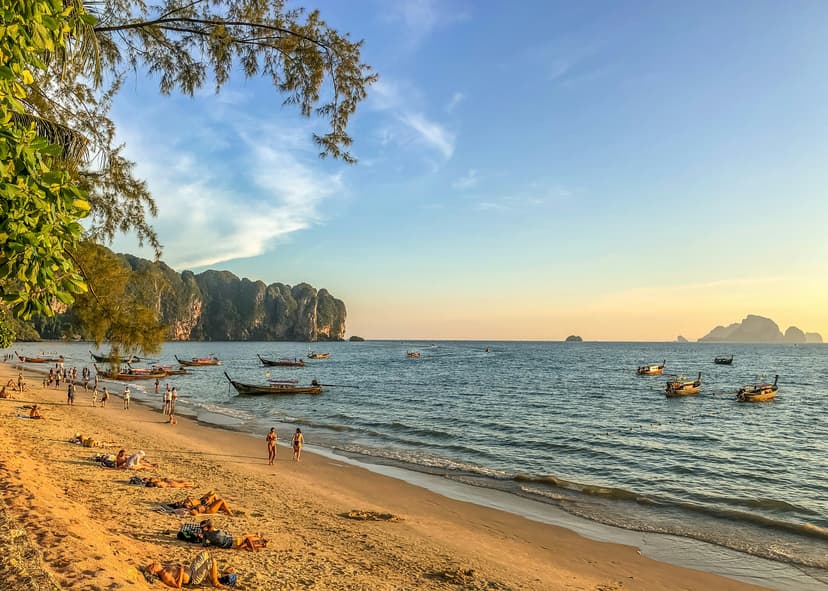Understanding the various visa categories, eligibility criteria, and application processes can significantly enhance your chances of securing employment in your desired country.
1. Understanding Work Visa Categories
Work visas are typically categorized based on the nature and duration of employment. Key categories include:
- Temporary Work Visas: These are for individuals seeking employment for a specific period. For example, the United States offers the H-1B visa for specialty occupations requiring specialized knowledge and a bachelor's degree or equivalent.
- en.wikipedia.org
- Seasonal Work Visas: Designed for temporary or seasonal work, such as agriculture or tourism. The U.S. H-2B visa caters to non-agricultural temporary workers in sectors like hospitality and landscaping.
- elpais.com
- Digital Nomad Visas: With the rise of remote work, many countries now offer visas allowing individuals to live in their territory while working remotely for foreign employers. Countries like Spain, Portugal, and Malta have introduced such visas, each with specific income requirements and durations.
- cntraveler.com
- Working Holiday Visas: These visas allow young travelers to work while traveling, typically for up to a year. Countries like Germany, Australia, and New Zealand offer such programs, often with age restrictions and limited to specific nationalities.
- en.wikipedia.org
2. Eligibility Criteria
Eligibility varies by visa type and country but commonly includes:
- Job Offer: Many work visas require a valid job offer from an employer in the host country.
- Qualifications: Certain visas, like the H-1B, necessitate specific educational or professional qualifications.
- Financial Means: Digital nomad visas often require proof of sufficient income to support oneself without local employment. For instance, Malta requires an annual income of €42,000 for its nomad visa.
- businessinsider.com
- Age Limits: Working holiday visas typically have age restrictions, usually between 18 to 30 or 35 years.
3. Application Process
While procedures differ by country, general steps include:
- Research: Understand the specific visa requirements of your target country.
- Documentation: Prepare necessary documents such as a valid passport, job offer letter, proof of qualifications, financial statements, and health insurance.
- Submission: Complete and submit the visa application form, either online or at the respective consulate or embassy.
- Interview: Some countries may require a visa interview.
- Approval: Upon approval, ensure you understand the visa conditions, including duration of stay and work restrictions.
4. Recent Trends and Considerations
- Digital Nomad Visas Expansion: As of late 2024, over 60 countries have introduced digital nomad visas, reflecting the growing acceptance of remote work.
- cntraveler.com
- Policy Changes: Some countries are reevaluating visa programs. For example, Spain has ended its golden visa scheme but offers alternatives like the non-lucrative visa and digital nomad visa for non-EU nationals.
- thetimes.co.uk
- Economic Factors: Visa availability can be influenced by labor market needs. The U.S., for instance, announced an additional 64,716 H-2B visas for the fiscal year 2025 to address workforce shortages in sectors like hospitality and tourism.
- elpais.com
5. Final Tips
- Stay Informed: Visa regulations can change; regularly consult official immigration websites for the most current information.
- Consult Experts: Consider seeking advice from immigration consultants or legal experts to navigate complex visa processes.
- Plan Ahead: Visa applications can be time-consuming. Start the process well in advance of your intended move date.
By thoroughly understanding the types of work visas, meeting eligibility requirements, and staying abreast of recent developments, you can effectively navigate the path to employment opportunities abroad.
Written by

















